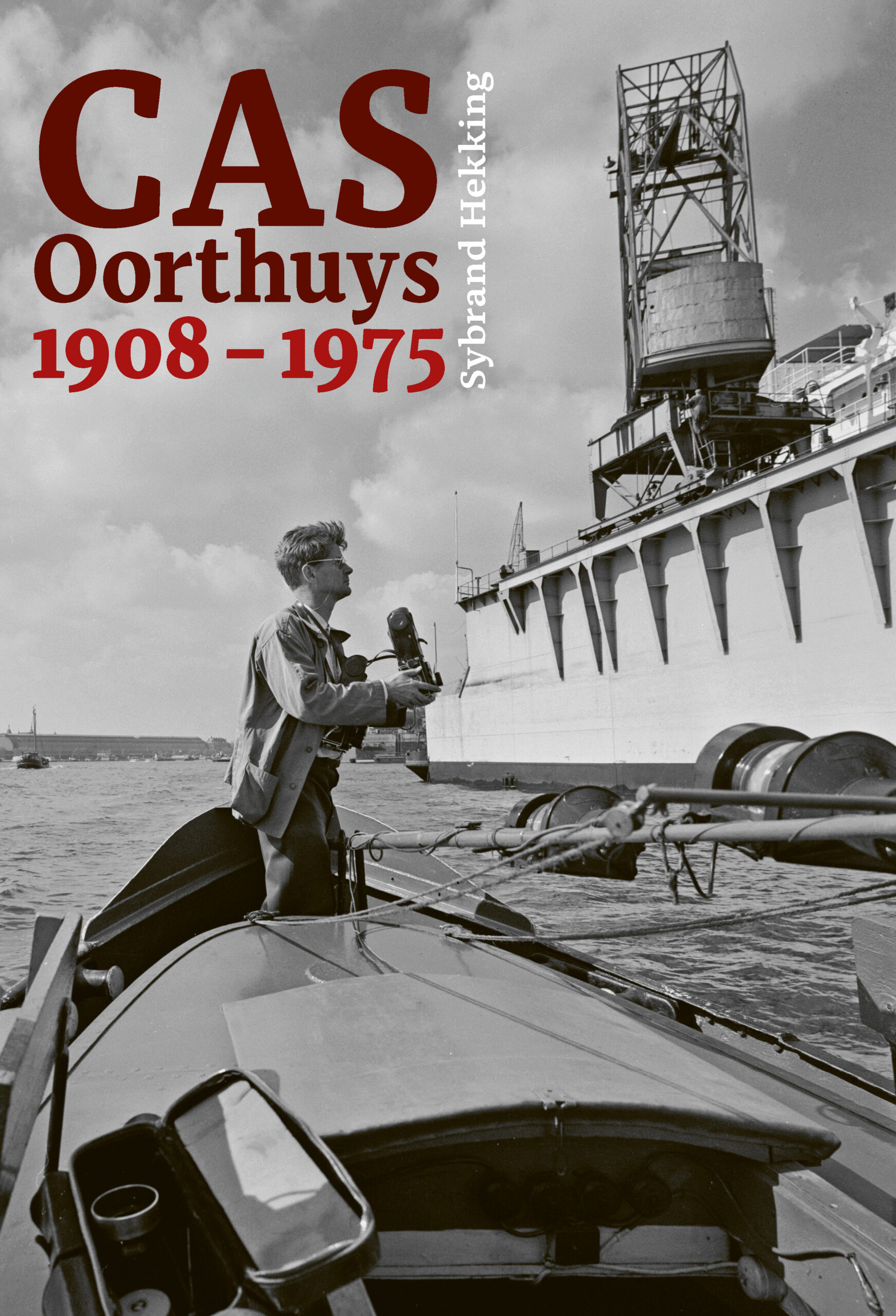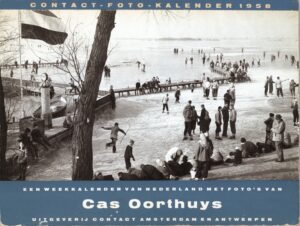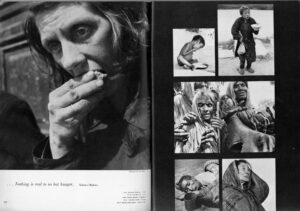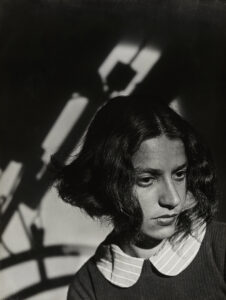genres
Cas Oorthuys 1908 – 1975
€48,00
Author(s): Sybrand Hekking
Appeared on: March 25th. 2025
Language: Dutch
Pages: 760
Size: 175 x 240 mm
Edition: hardcover
ISBN: 9789462265370
Year: 2025
Publisher: Lecturis
Design: LevievanderMeer (Victor Levie)
The Ultimate Biography of One of the Netherlands’ Most Famous Photographers!
Photographer Cas Oorthuys began his career as an architectural draftsman. After losing his job in the 1930s, he transitioned into graphic design, advertising, labor photography, and reportage photography. A committed anti-fascist, he co-organized D.O.O.D. (De Olympiade Onder Dictatuur, The Olympics Under Dictatorship) with friends and joined the Dutch resistance. Among other historic moments, he documented the harsh winter famine of 1944–1945.
After World War II, Oorthuys spent five years photographing every aspect of Dutch agriculture and the unspoiled landscapes of the Netherlands and Flanders, culminating in De schoonheid van ons land (The Beauty of Our Land). His work captured the golden era of shipbuilding and the textile industry, showcased in numerous corporate books and annual reports. For years, his photographs adorned the walls of Dutch trains.
Through his internationally renowned Photopockets, created in collaboration with writers like Jan Brusse, Aart den Doolaard, Bert Schierbeek, and Benno Premsela, Oorthuys played a key role in shaping European tourism. Despite personal hardships, he remained a true humanist, always focusing on people—whether on farms, in factories, cities, nature, or at construction sites.
Commissioned by publisher Uitgeverij Contact, various companies, and government ministries, Oorthuys photographed and designed over a hundred books, including iconic coffee table books such as Rotterdam, Amsterdam, and The Netherlands.
Author Sybrand Hekking studied art history at the University of Amsterdam. In the late 1970s, shortly after Oorthuys’ passing, he visited the photographer’s studio on Amsterdam’s Prinsengracht every Thursday for a year. Each week, he interviewed a different friend or client of Oorthuys, which led to the 1981 monograph Cas Oorthuys, Photographer.
Hekking is the founder and former publisher of Fragment, a publishing house specializing in photography. He also taught the history of photography for many years and served as chairman of the Photography Committee of the Dutch Arts Council, the predecessor of the Mondriaan Fund. His enduring fascination with the vast and dynamic network Oorthuys built throughout his life, combined with extensive archival research, ultimately resulted in this biography.
Additional information
| Weight | 2000 g |
|---|---|
| ISBN | 9789462265370 |



